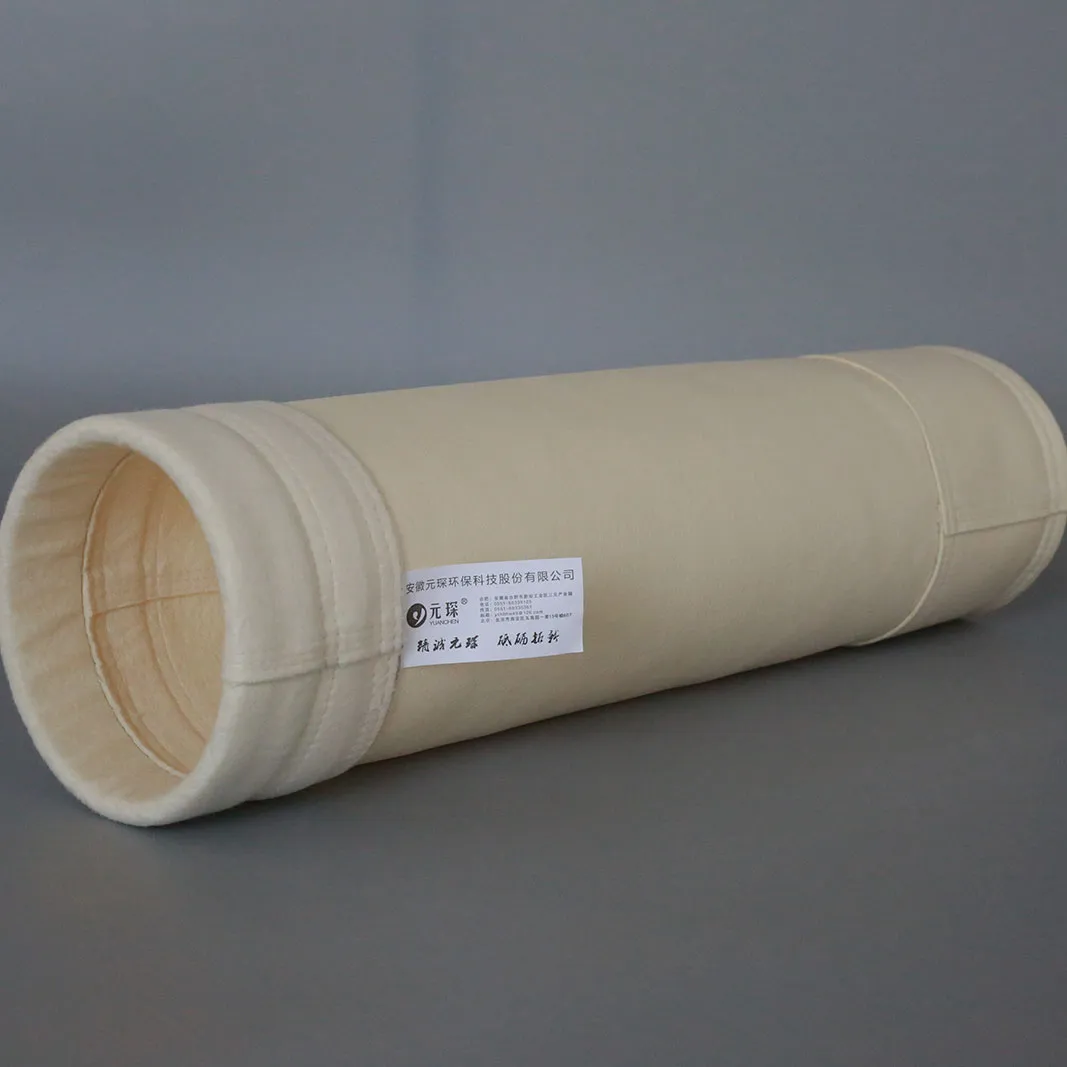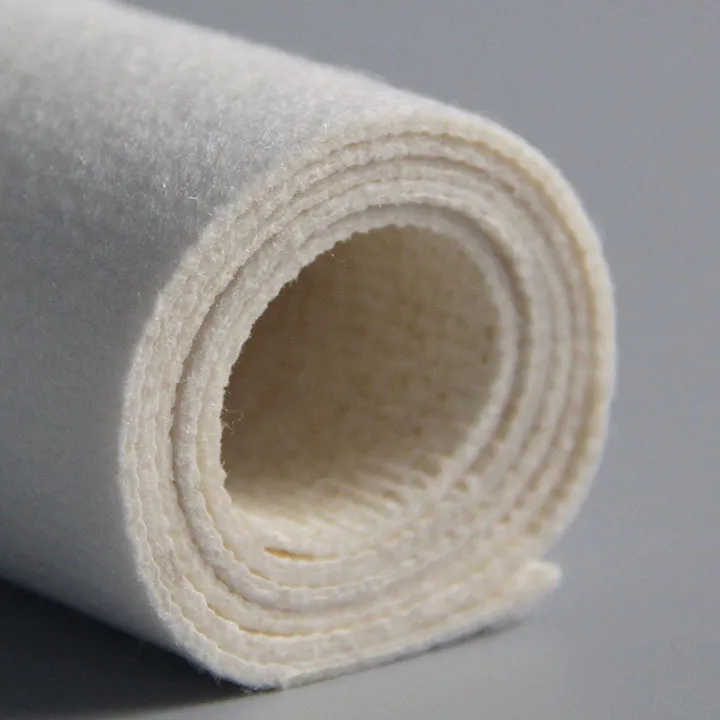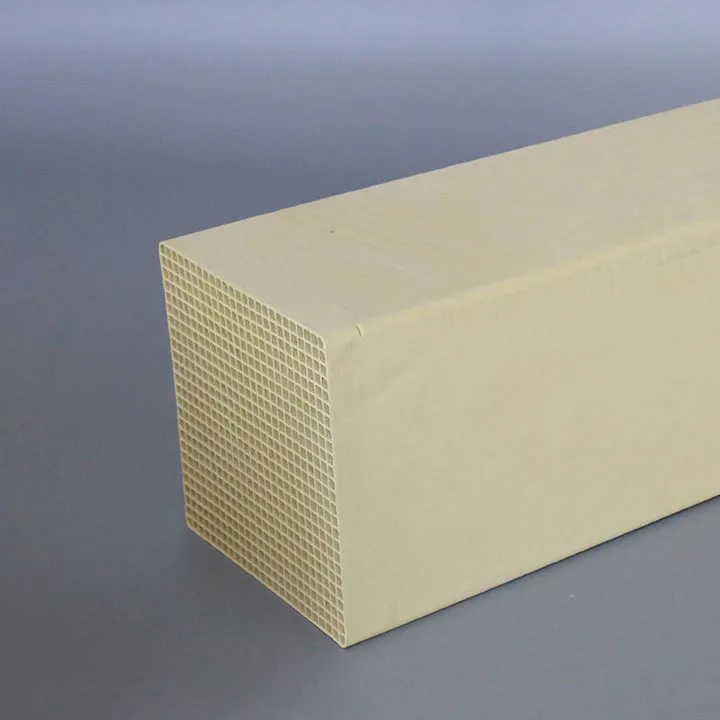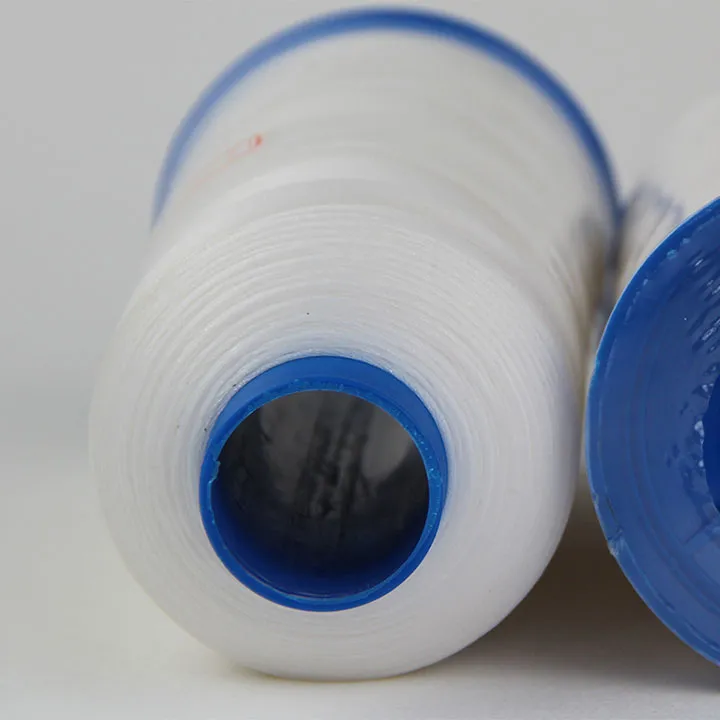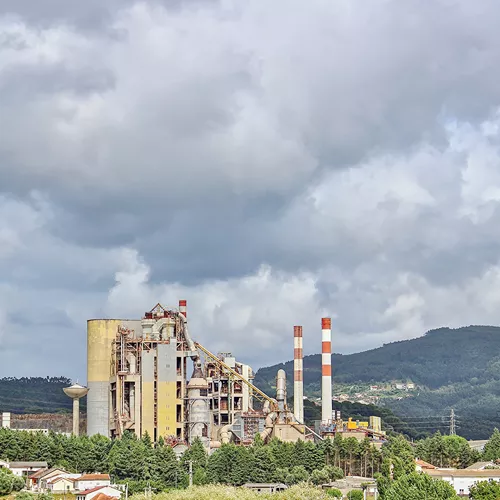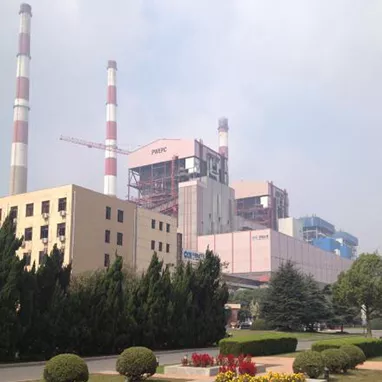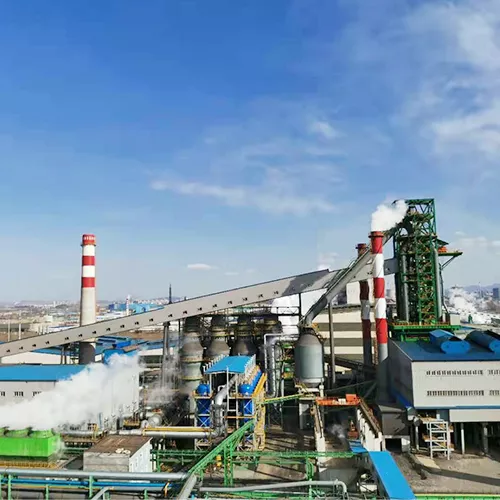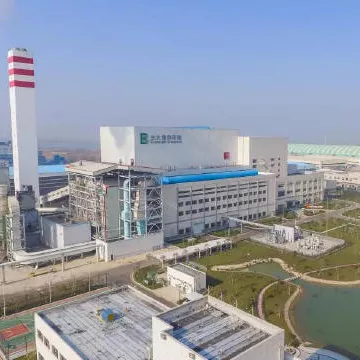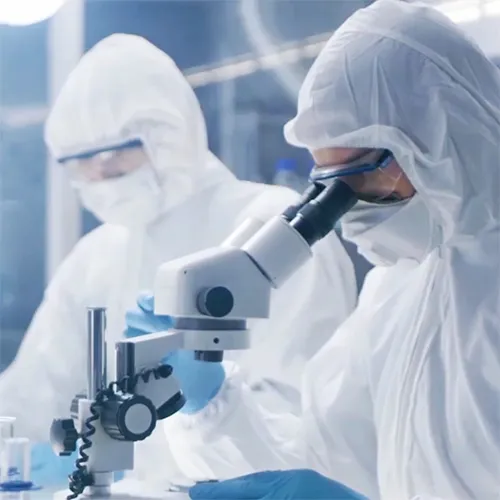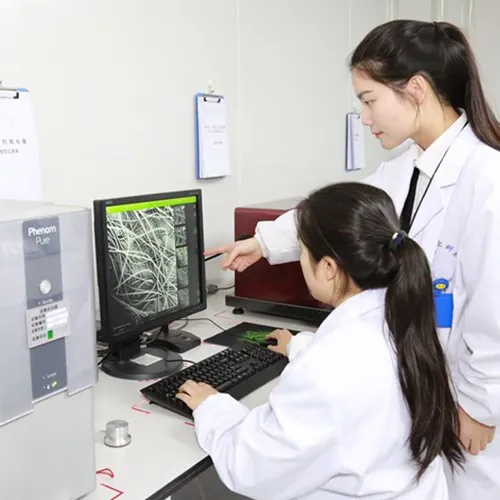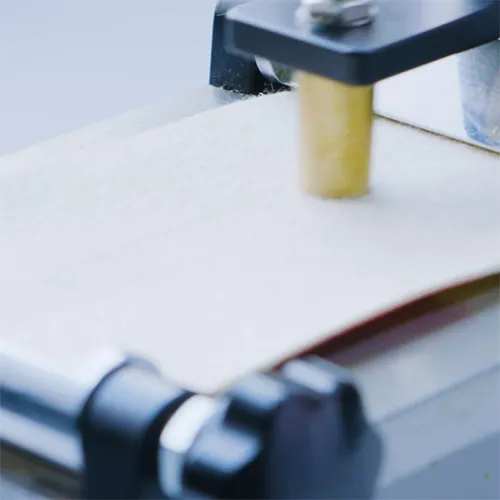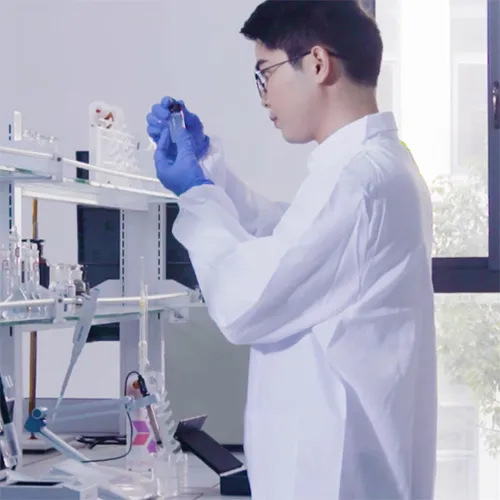SCR DeNOx Catalyst Performance Assurance and Challenges
After the installation of the SCR denitration catalyst, it is necessary to conduct two inspections: arrival acceptance and performance acceptance test to ensure that it meets the requirements of the technical agreement and has good denitration performance. The arrival acceptance of the SCR denitration catalyst is an important step to ensure that the catalyst meets the requirements of the technical agreement and has good denitration performance.
The confirmation of the factory data of the SCR denitration catalyst is the primary link of the arrival acceptance. The arrival acceptance of the SCR denitration catalyst mainly includes the confirmation of the factory data of the catalyst, and the inspection of whether the various parameters meet the relevant requirements of the technical agreement, such as whether the axial extrusion test, lateral extrusion test, wear resistance test and material report and other test data meet the standards.
Appearance and shape inspection are also crucial steps. Including whether the catalyst surface is damaged, whether the geometric dimensions of length, width, height and thickness are appropriate, etc. Through visual inspection and dimensional measurement, confirm that the surface of the SCR denitration catalyst is not damaged, and whether the geometric dimensions of length, width, height and thickness are appropriate. In addition, parameters such as open porosity and chemical composition, total pore volume, average pore size, specific surface area, density, etc. also need to be compared and confirmed. These detailed inspections can ensure that the catalyst is not damaged during transportation and unloading, and that its physical and chemical properties meet the requirements.
The performance acceptance test of the SCR denitration catalyst is generally conducted by a third party and a test report is issued. The test content should cover the operating indicators of the denitration system under different operating conditions to ensure that the denitration efficiency, ammonia escape rate, SO2/SO3 conversion rate and catalyst layer resistance meet the required performance standards. Through these detailed tests and adjustments, the actual performance of the SCR denitration catalyst can be effectively verified and ensure that it can achieve the expected denitration effect in actual application.

SCR denitration catalysts will also face some challenges in field applications, such as physical coverage, chemical poisoning, sintering wear, etc. These problems affect the activity and service life of the SCR denitration catalyst. The following is a specific analysis:
Physical coverage: Due to the deposition of dust carried in the flue gas on the surface or pores of the catalyst, some active sites of the SCR denitration catalyst are covered, resulting in deactivation. This situation can usually be restored to activity by high-pressure water cleaning.
Chemical poisoning: Alkali metals (such as sodium, potassium), alkaline earth metals (such as calcium, magnesium), and arsenic, phosphorus and other elements in the flue gas react with the active components of the catalyst, resulting in catalyst poisoning and deactivation. This deactivation is usually irreversible and requires regeneration technology to restore some activity.
Sintering wear: In a high temperature environment, long-term operation of the SCR denitrification catalyst will lead to sintering, causing the structure of the SCR denitrification catalyst to change and the specific surface area to decrease, resulting in deactivation. In addition, the SCR denitrification catalyst is washed by dust and physical friction in the flue gas flow, which will also lead to wear and deactivation.
Loss of active components: During the use of the SCR denitrification catalyst, due to changes in flue gas conditions or changes in the properties of the catalyst itself, the active components (such as vanadium pentoxide) may be lost, thereby affecting the activity of the catalyst.
Blockage problem: The pores of the honeycomb SCR denitrification catalyst are easily blocked by smoke, which not only affects the activity of the SCR denitrification catalyst, but also may increase the pressure drop of the system, resulting in a decrease in the overall denitrification efficiency.
Regeneration technology: Regeneration technology has been developed for deactivated SCR denitration catalysts, such as vacuum cleaning, compressed air soot blowing, cleaning liquid soaking or spraying, ultrasonic cleaning, active component re-impregnation and calcination, which can restore the activity of SCR denitration catalysts to a certain extent. However, it should be noted that not all types of deactivation can be restored by regeneration technology.
The challenges faced by honeycomb denitration catalysts in field applications are diverse, including both physical and chemical factors. In order to maintain the activity and service life of the catalyst, effective regeneration technology and optimized operating conditions are required. At the same time, continuous research and development of new catalysts and molding processes to improve the performance and adaptability of the catalyst are the key to the development of future denitration technology.

The arrival acceptance and performance acceptance test of the SCR denitration catalyst after installation are key steps to ensure that it meets the requirements of the technical agreement and has good denitration performance. Detailed factory data confirmation, appearance property inspection and third-party performance testing are all necessary links to ensure the quality of the catalyst. The physical coverage, chemical poisoning, sintering wear, active component loss and clogging problems faced by SCR denitration catalysts in field applications are all major challenges to their activity and service life.
To meet these challenges, effective regeneration technology and optimized operating conditions are needed, such as regular high-pressure water cleaning, vacuum cleaning, compressed air soot blowing, cleaning liquid immersion or spraying, ultrasonic cleaning, active component re-impregnation and calcination, etc., to restore and maintain the activity of the catalyst. At the same time, continuous research and development of new SCR denitrification catalysts and molding processes to improve their performance and adaptability are the key to the development of future denitrification technology.
Through strict quality control, performance verification and effective maintenance strategies, we can ensure that SCR denitrification catalysts achieve the expected denitrification effect in practical applications, thereby contributing to environmental protection and sustainable development.


